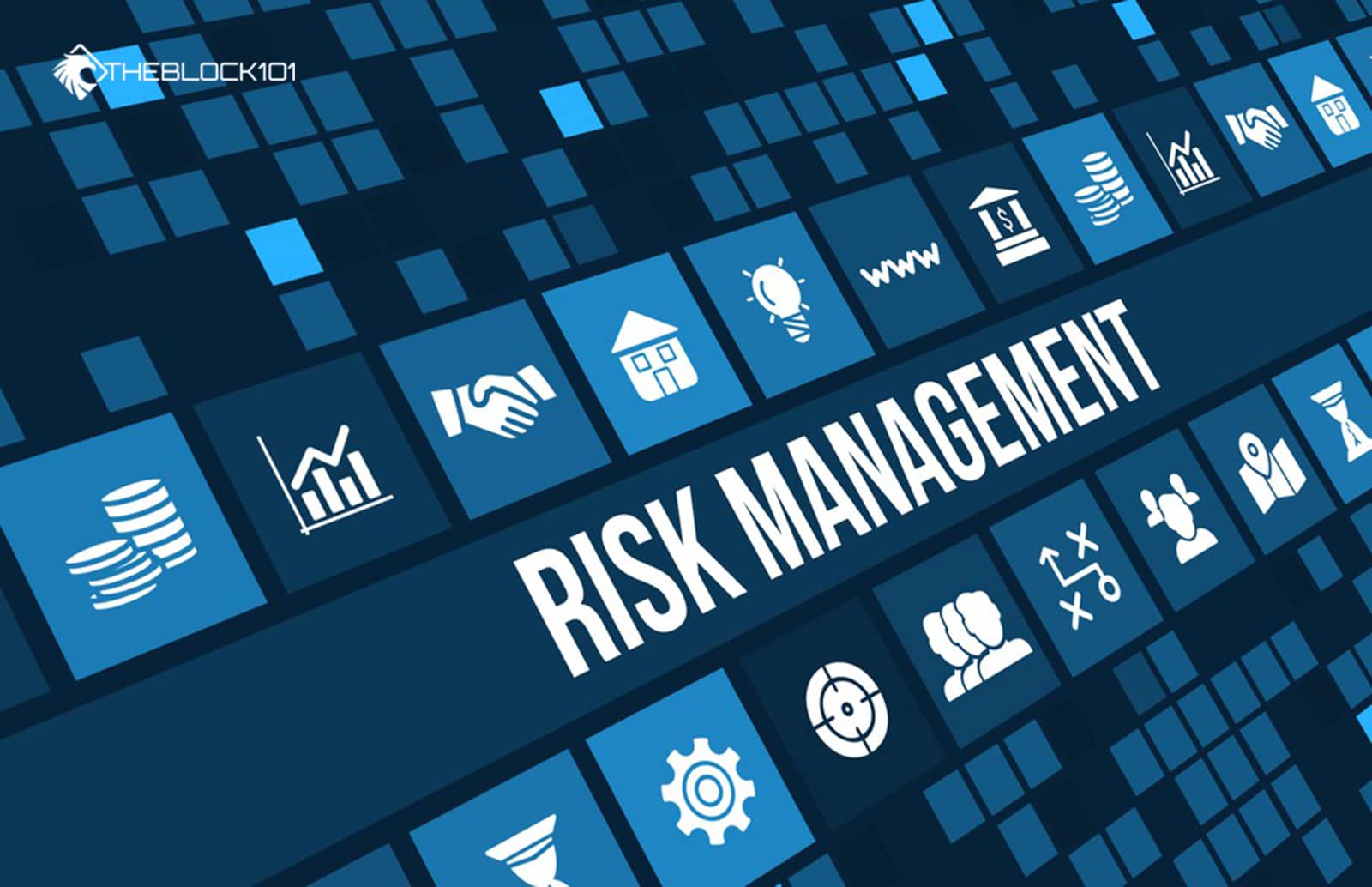1. What is Risk Management?

Risk management is the systematic process of identifying, assessing, and controlling potential threats to an organization's capital and earnings. It involves analyzing potential events that could negatively impact an organization's objectives and taking steps to minimize their likelihood or severity.
In everyday life, we often manage risk unconsciously. For instance, we wear seatbelts to mitigate the risk of injury in a car accident. However, in the realm of finance and business, risk management is a more deliberate and structured process.
Risk management in investing involves identifying potential threats to your investment portfolio, such as market volatility, economic downturns, or company-specific risks. By implementing effective risk management strategies, investors can protect their capital and increase their chances of achieving long-term financial goals.
Key components of risk management include:
- Risk identification: Recognizing potential threats to your investments.
- Risk assessment: Evaluating the likelihood and potential impact of each risk.
- Risk mitigation: Developing strategies to reduce or eliminate identified risks.
- Risk monitoring: Continuously tracking and reassessing risks over time.
2. The Role of Risk Management in Organizations
Risk management is a critical function within organizations, playing a pivotal role in ensuring their long-term success. By systematically identifying, assessing, and mitigating potential risks, organizations can enhance their resilience and achieve their strategic objectives.
Here are some key benefits of effective risk management:
- Enhancing Organizational Stability: Risk management helps organizations operate more smoothly by identifying and addressing potential threats before they escalate into crises.
- Aligning with Strategic Goals: By understanding and managing risks, organizations can make better-informed decisions that support their overall strategic objectives.
- Facilitating Sound Decision-Making: Risk management provides a framework for evaluating the potential consequences of different decisions, enabling organizations to make more informed choices.
- Boosting Reputation and Credibility: Demonstrating a commitment to risk management can enhance an organization's reputation and credibility among stakeholders.
- Improving Operational Safety: By identifying and mitigating safety risks, organizations can create a safer working environment for employees and protect their assets.
- Enabling Successful Innovation: Risk management can support innovation by providing a structured approach to evaluating the potential risks and rewards of new ventures.
In essence, risk management is an essential tool for organizations seeking to achieve sustainable growth and long-term success. By proactively addressing potential threats, organizations can build resilience, enhance their reputation, and create value for their stakeholders.
3. The Risk Management Process
Risk management is a systematic approach to identifying, assessing, and mitigating potential threats to an organization or individual. It typically involves the following steps:
- Setting objectives: The first step is to define the organization's goals. This often involves determining the organization's risk tolerance, or the level of risk it is willing to accept to achieve its objectives.
- Identifying risks: This involves identifying all potential events that could have a negative impact. In a business context, this may include financial risks, operational risks, and strategic risks.
- Assessing risks: Once risks have been identified, they are evaluated based on their likelihood of occurrence and potential impact. This allows organizations to prioritize risks and allocate resources accordingly.
- Developing response strategies: This step involves creating plans to address identified risks. These plans may include risk avoidance, risk transfer, risk mitigation, or risk acceptance.
- Monitoring and reviewing: The risk management process is ongoing. Organizations must continually monitor risks and update their response strategies as needed.
Risk Management in Finance
In the financial world, risk management is crucial for protecting investments and mitigating losses. Common financial risks include market risk, liquidity risk, credit risk, and operational risk.
- Market risk: This is the risk of losses arising from fluctuations in market prices. It can be mitigated through diversification and the use of stop-loss orders.
- Liquidity risk: This is the risk of not being able to buy or sell an asset quickly enough to realize its fair value. It can be mitigated by investing in highly liquid assets and maintaining a diversified portfolio.
- Credit risk: This is the risk of default by a borrower. It can be mitigated by conducting thorough credit checks and diversifying lending across multiple borrowers.
- Operational risk: This is the risk of losses arising from inadequate or failed internal processes, people, and systems. It can be mitigated through robust internal controls and business continuity planning.
Effective risk management is essential for achieving long-term financial success. By following a structured risk management process, investors can make more informed decisions, protect their capital, and increase their chances of achieving their financial goals.
Key Takeaways:
- Risk management is a proactive process that involves identifying, assessing, and mitigating potential threats.
- Effective risk management can help organizations achieve their objectives and improve their resilience.
- Financial risk management involves strategies to protect investments from market fluctuations, liquidity issues, credit defaults, and operational failures.
4. Conclusion
While risk management is often associated with minimizing negative outcomes, its scope extends far beyond simply reducing risk. A comprehensive risk management strategy also involves strategic thinking to ensure that unavoidable risks are handled in the most effective way possible.
Risk management is essentially a process of identifying, assessing, and monitoring risks. The specific approach and focus will vary depending on the context and strategic objectives. Ultimately, the goal of risk management is to evaluate the risk-reward trade-off and prioritize opportunities that offer the most favorable risk-return profile.
Readmore:

 English
English Tiếng Việt
Tiếng Việt
.jpg)

.jpg)
.jpg)
.jpg)

.jpg)
.jpg)

.jpg)
.jpg)
.jpg)




